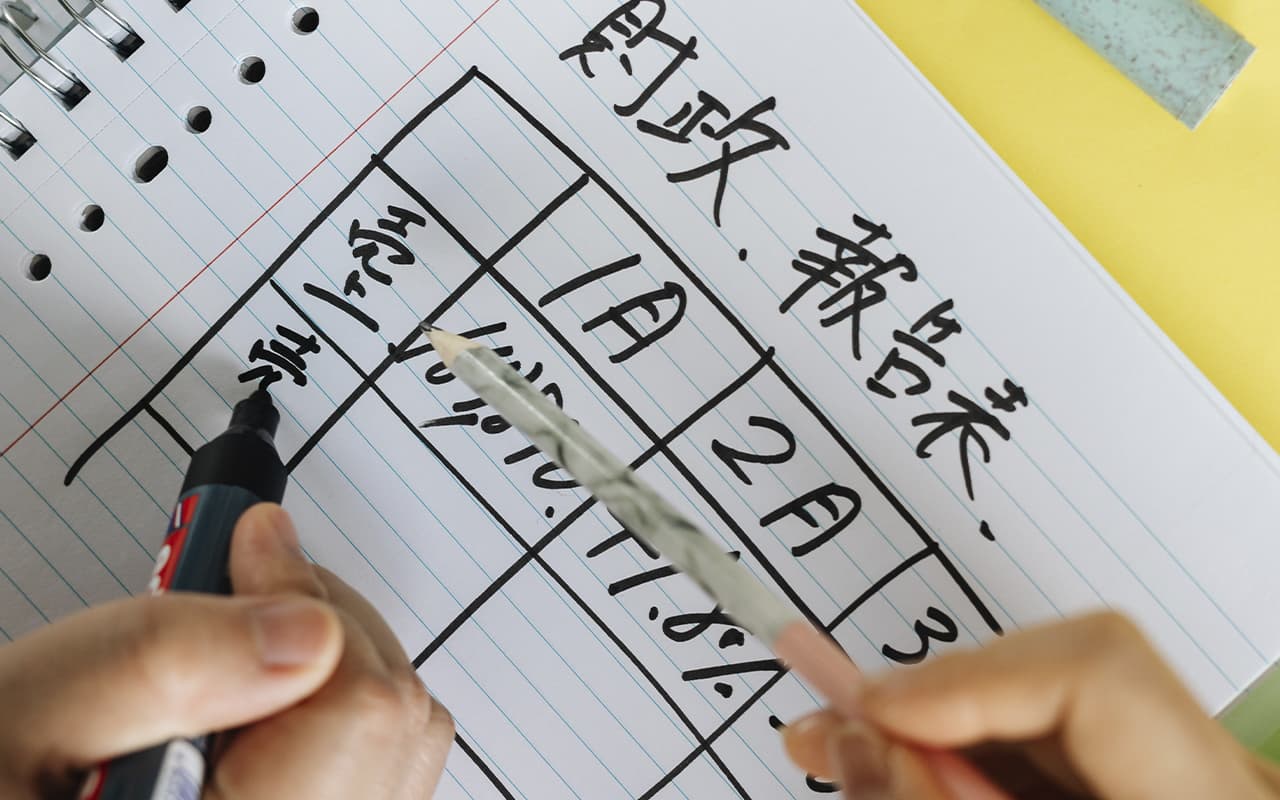Skip to content

- Pronunciation and spelling. It is impossible to determine the pronunciation of a character by its appearance. Therefore, the sound and writing in Chinese are two different worlds. You can speak fluently on everyday topics and still not be able to write or read.
- Multiple dialects. In fact, Chinese is not one language, but a whole group. They are usually called dialects, but many of them are so far apart that they are more like separate languages: a native speaker of a northern dialect will not understand a native speaker of a southern dialect. In the PRC, as well as in Singapore and Taiwan, Putonghua, or Mandarin in English, is officially recognized. It is spoken by the majority of the Chinese population – 65%. In total, there are 10 major language groups in the PRC, which together give 266 dialects. At the same time, different dialects use the same script. Therefore, even if their speakers do not understand each other orally, they can explain themselves with the help of paper and pen.
- Characters. The Chinese language is famous for its complex hieroglyphic writing. The difference between a character and a letter is that a letter refers only to sound, while a character refers to sound and meaning. The simplest hieroglyphs are called pictographic. They are schematic drawings of objects in the world around us. But the more complex signs have nothing to do with the appearance of what they signify. Such hieroglyphs, like a constructor, are put together from the constituent parts – graphemes. According to them it is easy to memorize the whole symbol. To be fluent in the language is enough to know 3000-3500 hieroglyphs. At the same time, the word sometimes consists of several characters. Therefore, having learned 3000 symbols, you will be able to compose from them several times more words.
- Tones. One of the main difficulties for all beginners to learn Chinese is tones. You may have already heard the scaremongering that “you can’t learn Chinese without an absolute musical ear”. This is absolutely not true – the tones are accessible to anyone. Each character stands for a syllable, and a tone is a change in pitch within a syllable. There are four in total, plus one neutral tone that sounds muffled and the pitch of the voice does not change. Knowing tones is important because they affect the meaning of a word. The syllable ma, depending on the tone, can mean “mom,” “horse,” “hemp,” and the verb “to scold.”
- Transcription. Chinese words can be written not only in characters, but also in Latin letters. There is a special transcribing system for this purpose – pinyin (pīnyīn). It reflects the tones of syllables, so at the initial stage it will greatly facilitate learning the language.
- Many similar words. In Chinese, many words sound the same but are written in different characters. For example, without taking tones into account, the reading yi is carried in 177 characters. This phenomenon is called homophony. To illustrate it, Chinese-American linguist Zhao Yuanzhen wrote the poem Shī shì shí shī shǐ, which consists only of the syllables “shi”. You can listen to it here.
- Simplified and traditional writing. Modern Chinese writing has two variants, simplified and traditional. Simplified characters consist of fewer features. They were introduced in the 1950s in the PRC to raise literacy rates. Simplified writing is also used in Singapore and Malaysia. Traditional characters are more complex. They are still written in Hong Kong, Macau and Taiwan. That said, you can’t say that if you learn traditional characters, you will automatically know the simplified variants. They are quite different and not always similar to each other: 遠 → 远 (yuǎn – “far”), 後 → 后 (hòu – “after”), 國 → 国 (guó – “country”)
- Grammar. The beginning grammar of Chinese is quite simple. The parts of speech do not change, nouns have no cases and genera, and verbs have no tenses. Therefore, you will not have to agonize with harmonization. The main thing you need to master is the word order in a sentence. Everything is based on it.
